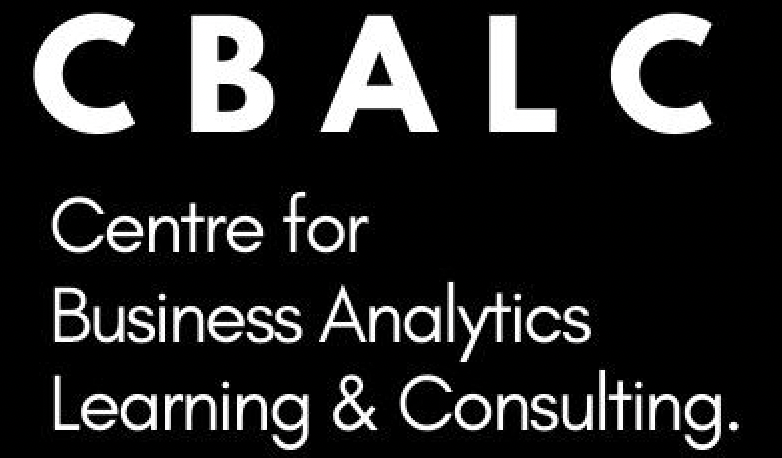People analytics is the use of data and analytics to understand and improve workforce performance. By collecting and analysing data about employees, HR teams can gain insights into employee behaviour, performance, and engagement. This information can then be used to make better decisions about hiring, training, development, compensation, and other HR-related matters.
Two approaches of the Human resource management which are used in today are:
- Traditional Human Resource management (HRM)
- Strategic Human Resource management (SHRM)
HRM v/s SHRM
Human resource management (HRM) and strategic human resource management (SHRM) are two closely related concepts, but they have some key differences.
- Traditional HRM is an approach that focuses on the day-to-day tasks of HR, such as hiring, onboarding, and training employees. This approach is often seen as more administrative in nature, and it is not as focused on strategic planning as strategic HRM.
- Strategic HRM is an approach that aligns HR activities with the overall business goals of the organization. This means that HR professionals work closely with other executives to develop and implement HR strategies that support the organization’s strategic objectives.
SHRM is an increasingly important concept in today’s business world. As organizations become more complex and competitive, they need to use HR as a strategic tool to gain a competitive advantage. By aligning HR practices with strategic goals, organizations can ensure that they are hiring the right people, developing their talent, and motivating their employees to achieve their goals.
For Example,
- A software company that is developing a new product might use strategic HRM to align its HR activities with the goal of launching the product on time and within budget. The company might use data analysis to identify the skills and experience that it needs in its workforce, and then develop HR strategies to attract and retain employees with those skills.
- A retail store that is opening a new location might use transactional HRM to hire and train new employees, and to onboard them into the company’s culture. The store might use job descriptions and onboarding checklists to ensure that all new employees are given the information and training they need to be successful in their roles.
The best way to choose between strategic HRM and traditional HRM is to consider the specific needs and goals of your organization. If you are looking to achieve long-term strategic objectives, then strategic HRM is a good option. If you are focused on efficient day-to-day operations, then transactional HRM is a better fit.
– Vansh Khurana
Importance of using People Analytics:
Here are some of the advantages of using people Analytics to reach the strategic HR goals:
- Boost hiring choices: The abilities and traits that are most indicative of success in a certain role can be found using people analytics. Then, you can utilize this data to develop selection criteria and job descriptions that are more efficient.
- Increase Employee Engagement: People Analytics can be used to pinpoint elements linked to high levels of worker engagement. The development and implementation of interventions that can raise employee motivation and satisfaction can then be done using the information provided.
- Reduce Churn: People Analytics can be used to find staff members who might be departing the company. Using this knowledge, early intervention and turnover prevention measures can then be taken.
- Boost performance management: Analytics for people can be used to monitor employee performance over time and pinpoint areas where workers need more instruction or growth. Employee development plans can then be made specifically for them using the information provided.
- Fairer and more equitable remuneration decisions are to be made: Pay inequalities between employees with comparable levels of performance and experience can be found using people analytics. Decisions about compensation can then be made using this information in a more fair and equitable manner.
HR departments can achieve their strategic objectives with the support of the potent instrument known as people analytics. But it’s crucial to keep in mind that people analytics is not a cure-all. It is a tool that can be utilized to assist in making decisions.
Accomplishing Strategic Goals using People Analytics:
- Start with a clear understanding of your organization’s goals.
What do you want to achieve with people analytics? Once you know your goals, you can start to identify the data that you need to collect. - Use the right tools.
There are a number of people analytics software tools available on the market. Choose a tool that is right for your organization’s needs and budget. - Get buy-in from stakeholders.
People analytics is most effective when it is used as a collaborative effort. Make sure that you get buy-in from key stakeholders, such as executives, managers, and employees. - Communicate your findings.
Once you have analysed your data, it is important to communicate your findings to stakeholders. This will help to ensure that your insights are used to make informed decisions. - Continuously improve.
People analytics is an ongoing process. As your organization changes, you will need to update your data and analysis. This will help you to ensure that you are always using the most up-to-date information to make decisions.
Hence, an organization can make data-driven and informed decisions to achieve its objectives by obtaining the answers to the aforementioned questions and utilizing people analytics. By leveraging people analytics, organizations can align their human capital strategies with strategic goals, improve decision-making, and drive organization’s long-term success.
– Vansh Khurana







